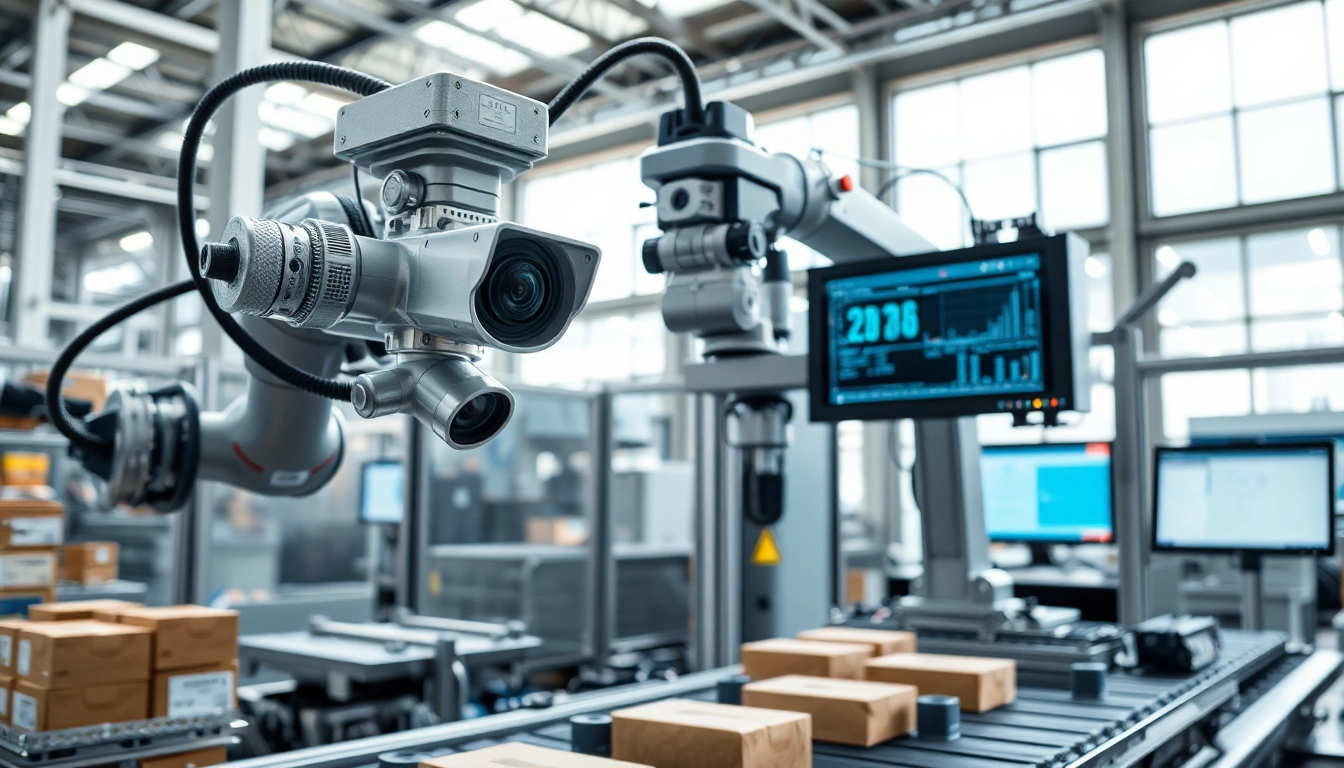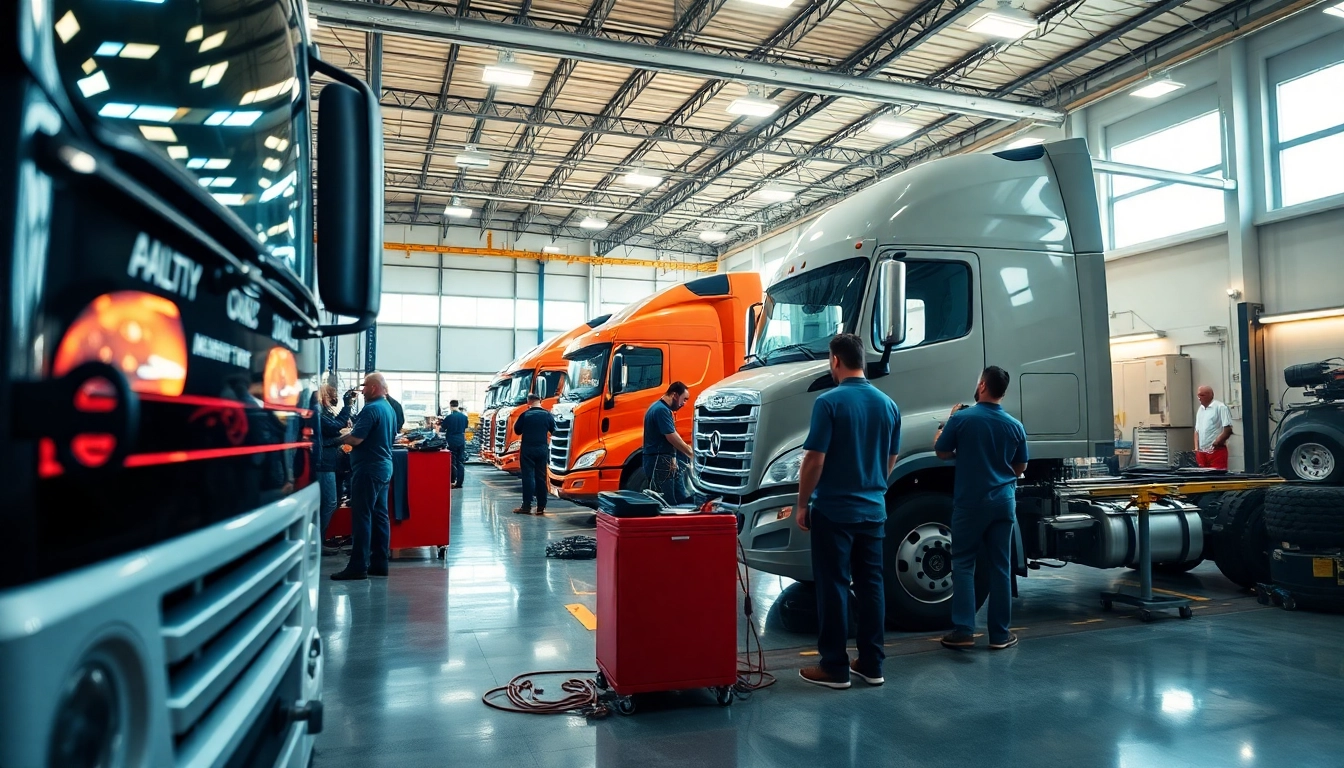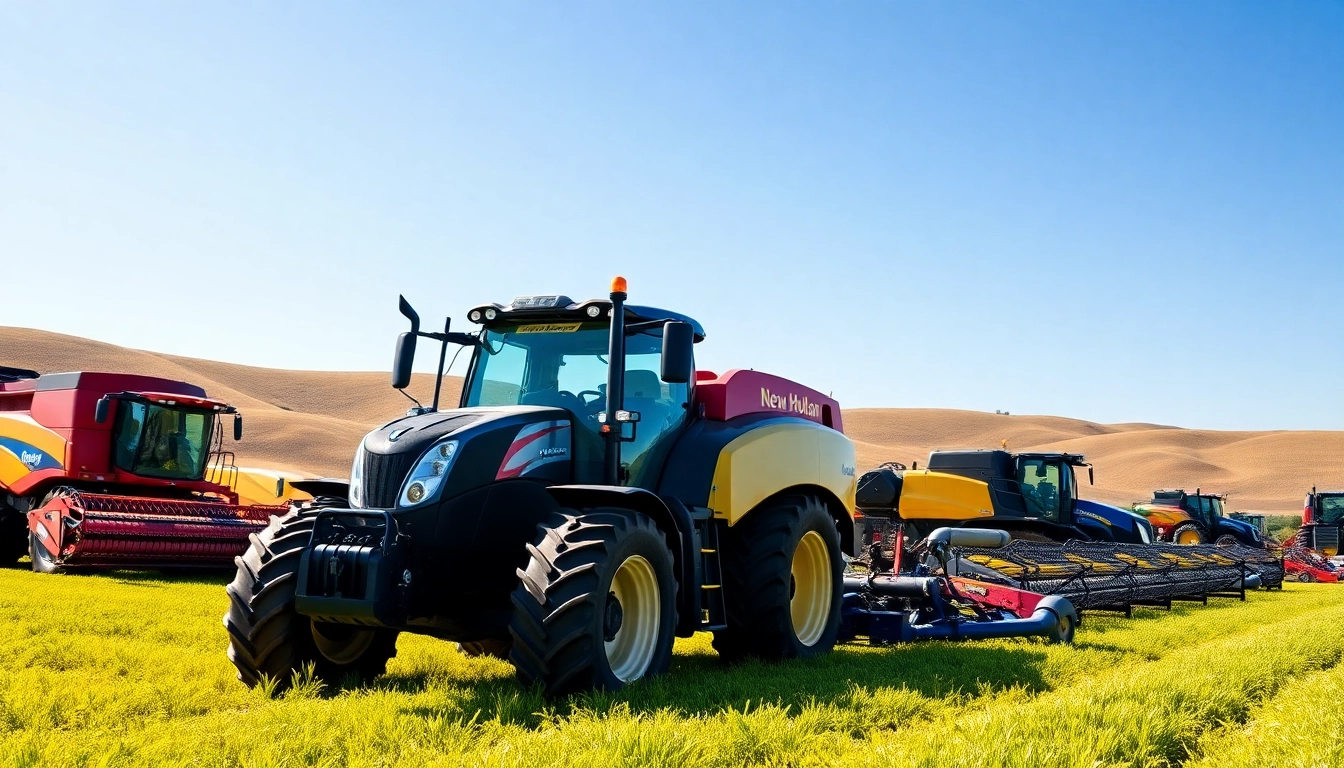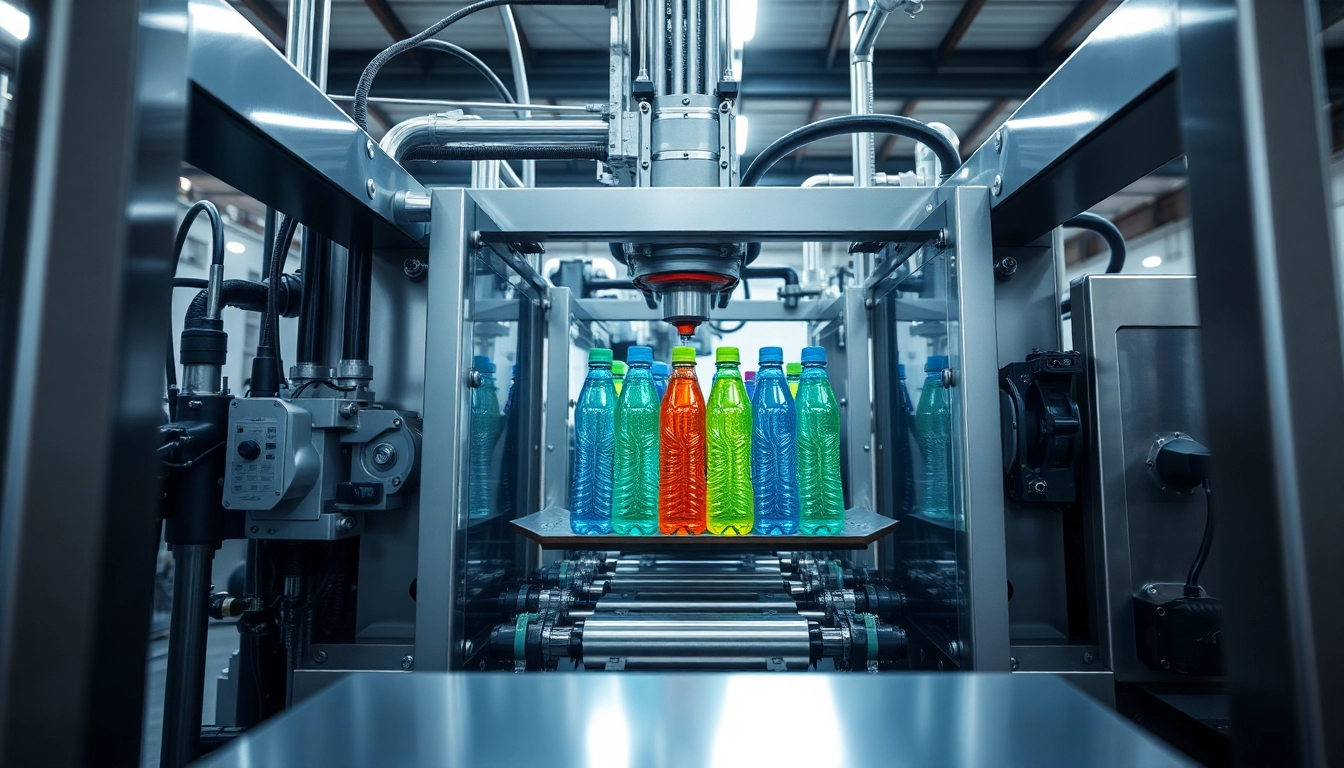What is Machine Vision?
Machine vision is an advanced technology that enables machines and systems to ‘see’ their environment through the utilization of various imaging that involves capturing, processing, and interpreting visual information. By applying methods for imaging-based automatic inspection and analysis, machine vision allows for efficiencies across various industries by automating tasks that would require human visual inspection. It offers a combination of hardware (like cameras and sensors) and software solutions that work in synergy to accomplish complex visual recognition and analysis tasks.
Definition and Key Components
The core definition of machine vision encompasses various components that work together to create an effective visual information processing system. Key components include:
- Cameras: These devices capture images of the items being inspected. Depending on the application, different types of cameras may be used, such as 1D, 2D, and 3D cameras that cater to the complexity of the visual information needed.
- Lighting: Proper lighting is crucial for image clarity and accuracy. Variants of lighting solutions, including standard, backlight, and structured lighting, are employed depending on the nature of the task.
- Processing Hardware: This may include frame grabbers and processors capable of handling high-speed data transmission from cameras for real-time image analysis.
- Software: Vision software processes the images captured, enabling various functionalities such as recognition, measurement, gauging, and inspection, often enhanced by artificial intelligence and machine learning algorithms.
How Machine Vision Works
The machine vision process generally follows a well-defined workflow, which includes:
- Image Acquisition: The first step involves capturing visual data using cameras. The chosen cameras depend on application demands, enabling the system to acquire images effectively.
- Image Processing: Software algorithms analyze the images captured. This involves extracting relevant features from the image, including shapes, colors, and patterns that matter in specific applications.
- Decision Making: Based on predefined rules and learned algorithms, the system assesses the visual information to make decisions such as passing or failing a product or alerting for anomalies.
- Output: The final result is communicated to the relevant systems or operators, which might involve actions like sorting, rejection, or tagging products for further action.
Importance in Modern Industries
Machine vision plays an integral role in modern industries ranging from manufacturing to healthcare. This technology enhances productivity, quality control, and safety measures significantly while reducing the dependence on human intervention, which can be prone to errors. Moreover, as factories move toward greater automation, machine vision is vital in adapting to these changes, providing immediate feedback and data that can lead to improved operational strategies and innovations.
Applications of Machine Vision
Quality Control in Manufacturing
In manufacturing settings, machine vision systems are indispensable for quality control. They are employed to inspect products on assembly lines, ensuring compliance with specified standards while detecting defects in real-time. For example, vision systems can verify parameters such as:
- Dimensional accuracy
- Surface integrity
- Component assembly accuracy
Utilizing imaging systems for quality control leads to lower scrap rates, reduced rework, and overall enhanced product quality. This proactive approach helps manufacturers maintain competitive advantages in cost and reliability.
Robotics and Automation Support
Integrating machine vision with robotics allows for advanced automation solutions. Robots equipped with vision systems are capable of locating, picking, and placing items with high precision and speed. This synergy is particularly beneficial in applications such as:
- Pick-and-place operations
- Automated storage and retrieval systems (AS/RS)
- Sorting and packaging processes
Machine vision ensures that robots can operate autonomously, reacting to changes in their environment, thereby improving throughput and operational efficiency.
Healthcare and Medical Imaging
In the healthcare sector, machine vision systems are utilized in various capacities. Medical imaging techniques, such as CT scans, MRIs, and x-rays, often rely on sophisticated algorithms for enhanced image processing and interpretation. Machine vision can aid in:
- Early disease detection through image analysis
- Precision in surgical procedures via enhanced visualization
- Quality assurance in medical devices
The applications of machine vision in healthcare are diverse and continue to grow as technology advances, contributing to improved patient outcomes and operational efficiencies in medical practices.
Benefits of Implementing Machine Vision Solutions
Increased Efficiency and Accuracy
Companies leveraging machine vision systems experience a marked increase in operational efficiency. With machines executing visual inspection tasks, the speed at which products are assessed accelerates significantly, often exceeding human capabilities. Moreover, consistency in inspections through machine vision means that accuracy remains high, reducing the likelihood of errors that can arise from human fatigue or oversight.
Cost Reduction and ROI
While the initial investment in machine vision solutions might be considerable, the long-term benefits typically yield high returns on investment (ROI). Cost savings arise from reduced labor costs, lower waste rates, improved product quality, and enhanced throughput. This makes machine vision an economically viable choice for businesses aiming to streamline operations.
Scalability in Production Lines
Machine vision systems can be easily scaled and adapted to various applications as businesses grow. The flexibility of technology allows manufacturers to integrate additional systems or upgrade existing ones as their production demands evolve. Whether it’s introducing new products or expanding manufacturing lines, machine vision facilities can be adjusted to accommodate growth efficiently.
Challenges in Adopting Machine Vision
Technical Limitations and Solutions
Despite its many advantages, implementing machine vision systems comes with challenges. Technical limitations such as:
- Image quality under varying lighting conditions
- Complexity in processing high-resolution images
- Integration of legacy systems with new technologies
can hinder effective deployment. Companies must conduct thorough assessments of their specific requirements and invest in the right technologies. Solutions may involve selecting appropriate cameras, optimizing lighting setups, and employing advanced processing techniques to mitigate these challenges.
Integration with Existing Systems
Another significant hurdle is integrating machine vision systems with existing machinery and workflows. Achieving seamless cooperation requires careful planning and pilot testing to ensure compatibility. Organizations may need to invest in software and hardware upgrades for older systems or seek external expertise to facilitate integration efforts without disrupting ongoing operations.
Training and Skill Development Needs
With technology advancing rapidly, training employees on operating and maintaining machine vision systems is critical. Organizations must prioritize employee education and skill development to ensure that staff can effectively use the technology. Investing in comprehensive training programs can enable quicker adoption and reduce dependency on external technical support.
Future Trends in Machine Vision Technology
Advancements in AI and Machine Learning
The future of machine vision is poised for significant advancements, particularly through the incorporation of artificial intelligence and machine learning. These developments will enable machines to learn from visual data over time, improving accuracy and adaptability in performing tasks. Machine vision systems that utilize AI can evolve based on past experiences, reduce false positives, and enhance decision-making capabilities by analyzing vast datasets more efficiently than traditional methods.
Emerging Industries for Machine Vision
As industries continue to embrace automation, machine vision technology is likely to find application in emerging sectors. Areas such as agriculture for precision farming, transportation for autonomous vehicles, and smart cities for monitoring urban environments are expected to leverage machine vision significantly. The demand for enhanced safety, efficiency, and quality will drive the adoption of vision systems across diverse settings.
Potential Impact on Job Markets
While the integration of machine vision technology can lead to productivity gains, it may also impact job markets by altering the nature of tasks traditionally performed by humans. Automation, supported by machine vision, may reduce the demand for low-skill jobs while increasing the need for roles focused on technology management and maintenance. Therefore, proactive reskilling and upskilling initiatives will be necessary to prepare the workforce for the jobs of the future.



